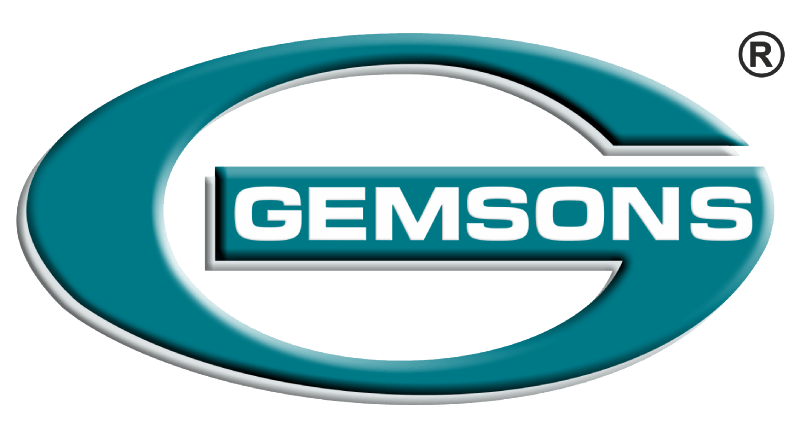The need for spare parts demand and supply strategies by manufacturers and suppliers have become increasingly important in today’s fast-paced, global economy.
The demand for spare parts is driven by several factors, including the increasing complexity of products, the growth of the aftermarket, and the need for companies to minimize downtime and maintain their operations. In order to meet this demand, manufacturers and suppliers must develop effective spare parts demand and supply strategies that consider the unique needs of their customers and the broader market.
Following are some of the strategies that may help:
Understand the Consumer’s Requirements.
One key aspect of spare parts demand and supply strategies is understanding customer needs and preferences. This includes understanding the types of products and services that customers are looking for, as well as their purchasing habits and preferences. Manufacturers and suppliers can use customer data and insights to inform their product development and marketing efforts and identify areas where they can improve their operations and customer service.
Optimize Supply Chain
Another important aspect of spare parts demand and supply strategies is the need to optimize the supply chain. This includes developing efficient and cost-effective processes for sourcing and producing spare parts and storing and distributing these parts to customers. Manufacturers and suppliers can use technology and data analytics to optimize their supply chain processes and improve their overall competitiveness.
Inventory Control
It’s okay to have an extensive spare parts inventory for it to be useful. In actuality, keeping a lot of different parts on hand is unrealistic. Create specific criteria to help define and classify spares to improve inventory control.
A designated, safe place for spare parts storage and organization is also helpful for inventory control. Your storage and checkout system should be examined and analyzed to identify the causes of stock errors.
This involves accurately predicting demand and ensuring they have enough inventory to meet customer needs. Manufacturers and suppliers can use tools such as demand forecasting and inventory management systems to help them maintain adequate stock levels and minimize the risk of stockouts.
Provide High-Quality Service
Another important aspect of spare parts demand and supply strategies is providing high-quality customer service. This includes providing prompt and effective customer support and ensuring that spare parts are delivered on time and in the right condition. Manufacturers and suppliers can use technology, such as online customer portals and mobile apps, to provide real-time information and support to customers.
Operating Strategy
The majority of businesses develop their management strategy around reactive occurrences. A manager should use a predictive technique to manage part inventories effectively. While proactive problem-solving is essential for effective management, reactive management can be helpful in times of crisis.
The ability to gather and analyze data and view the complete scope of an operation are all part of the predictive management of spare parts. This allows for identifying and resolving significant underlying issues that may come to light in the future. Make sure to keep an eye out for patterns of failure when gathering and evaluating data as these can point to issues that take time to be apparent. Predictive management allows you to use resources more effectively and save time.
In conclusion, manufacturers’ and suppliers’ need for spare parts demand and supply strategies has become increasingly important in today’s global economy. To meet this demand, manufacturers and suppliers must understand customer needs and preferences, optimize their supply chain processes, maintain adequate stock levels, and provide high-quality customer service. By adopting these strategies, manufacturers and suppliers can improve their competitiveness, minimize downtime and maintain their operations, and better meet the needs of their customers.



Recent Comments